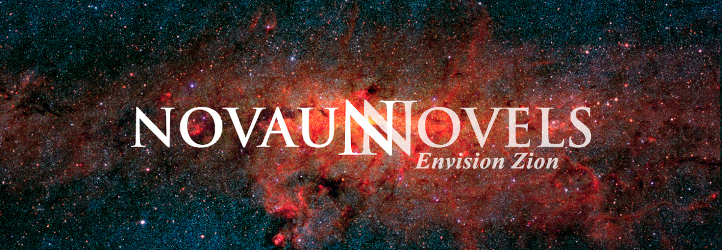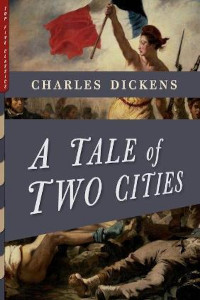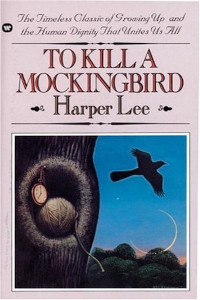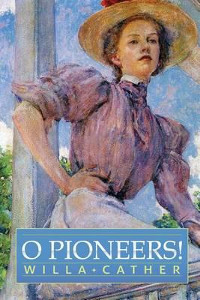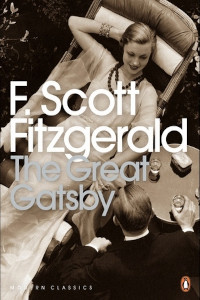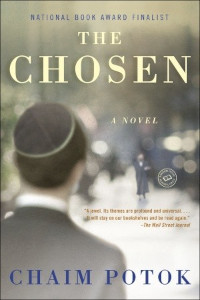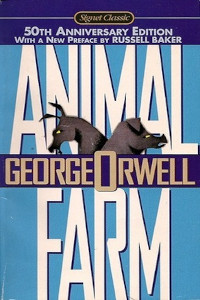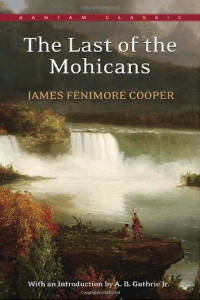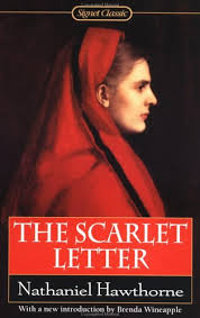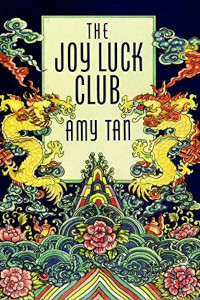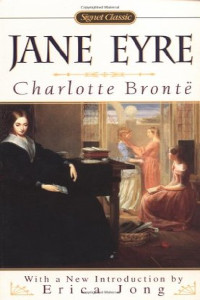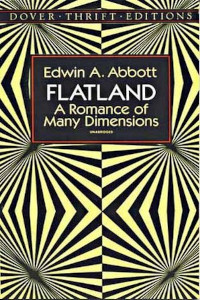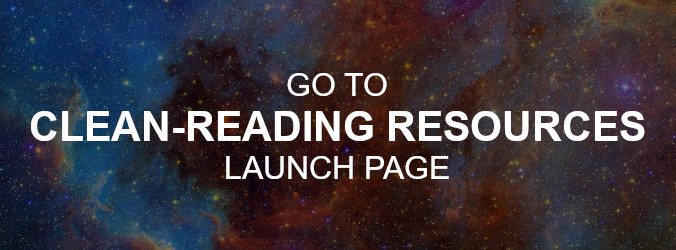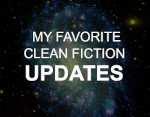In this series of blog posts, I give strategies for finding “clean reads” that go beyond relying on curated book lists. Please see “Part 1: The Toxic Sea” for a list of resources to help you find books that others think are clean, “Part 2: Know Where to Fish” to learn what types of books will be least likely to contain profanity, graphic sex and violence, and immoral themes, “Part 3: Sort through the Catch” to find tips for evaluating the books you find, and “Part 4: Enjoy the Harvest!” for ideas on how to read widely and wholesomely without going broke.
There have been many stories in the news lately about parents who want books they consider offensive removed from their children’s schools. Some of these books contain explicit material. Others promote practices and ideologies that conflict with the parents’ core values. Some parents want to ban books from classroom shelves and school libraries, and others are calling for the removal of books from curriculum. Others simply want more care taken by school staff to ensure their young children aren’t given books that are meant to be read by older teens and adults. Still others want their children to be given alternate assignments when the rest of the class will be reading something they find objectionable—a right that’s being lost in some school districts.
Teachers and librarians are pushing back against what they see as censorship and attacks against their professional judgment, and many parents are supporting them. A librarian might say, “All young people, no matter what their beliefs and life experience, should be able to find books that speak to them in the library. If we remove all challenged books, there won’t be any books left for anyone to read. Just because a book is there doesn’t mean a youth has to read it.” A teacher might say, “We need newer books that better reflect the attitudes, life experiences, and culture of modern young people. They need to hear diverse voices—especially when they’re disturbing; that’s what provokes thought. The context of a book is more important than any one scene.” Both might say, “The parents issuing challenges often haven’t even read the books they’re protesting. We’ve read many books and have been educated to identify those that are well-written and meaningful.”
I lay out a few of the concerns on both sides in an effort to show that this issue is more complex than the news stories usually report. A curriculum challenge that makes sense at a middle school in one community may not apply to the same book at a high school library in a different region of the country. I don’t believe there’s a one-size-fits-all solution that will work for every community, but I do believe there are a few principles that should guide these decisions.
Throughout all of my study and thought on this issue, I keep coming back to something I said in the first post of this series: “In the end, you’re the only one who can decide what to put into your mind, just as you’re the only one who can decide what to put into your mouth.” While this statement is almost always true for adults, it isn’t always true for children or even teens. In a school classroom, children and teens can be forced to consume adult material they aren’t ready for or that offends their sensibilities. In the larger school environment, inexperienced fishers can be innocently exposed to material they and their parents think is indecent.
In the first post of this series, I talked about how I came through my teen years both “innocent and desensitized” because I’d been swimming in “Babylon’s toxic sea.” One incident from that time in my life demonstrates my own inadvertent exposure to content that I don’t think would have occurred had I known enough to make an informed choice. During the first quarter of high school, when I was fifteen years old, my English class—and, I believe, several others—went to a local theater to watch a special showing of a film version of a famous play. I’m sure my parents had to sign a permission slip to let me see this film, but I don’t know if they were given the option to preview it. They may not have been given any more information than “This film is rated PG.”
In those days, there was no video streaming. Not many households had cable TV, and even fewer watched home videos, which were only beginning to become available. When broadcast TV channels aired newer films, explicit content was usually edited out. People couldn’t just hop online to see what sort of content was in a film, play, or book. They relied on newspaper, magazine, and TV reviews, which were there one day and gone the next, unless a person kept the paper copies or went to the public library to look at old ones. Consumers also relied on recommendations from friends and film ratings, which were less than a decade old and not any better defined than they are now. It’s very likely that my parents didn’t know what was in the film and trusted that the teacher wouldn’t take us to see something that had content in it they wouldn’t approve of.
It turned out that this film had a scene of nudity in it that occurred in a sexual context. The play, itself, didn’t include nudity in this scene, and we, as students, all knew it. We were all surprised to see such an explicit scene in the film. Our teacher encouraged us to discuss our reactions to it in class, and I remember that there was a girl who thought it was beautiful. One of the boys admitted that it made him uncomfortable and that he didn’t think it was necessary. I was too shy in those days to speak up and say that it had made me very uncomfortable, that I certainly didn’t think it was necessary, and that as much as I had liked the film in many ways, it crossed a line I would have preferred not to cross. I don’t remember whether I told my parents about it.
Now I’m sure many people wouldn’t think that a mild scene of nudity could be spiritually poisonous. In my own case, it turned out to be mentally poisonous. After all these years, I’ve never forgotten it. It’s there with all of the random images that flash through my mind when I least expect it—the clutter I wish had never been put there in the first place. While we may disagree on what types of scenes are spiritually or mentally poisonous, we all have things in our minds we wish we could unsee and unhear.
As I look back on this incident, however, I understand that my teacher was trying to interest us in great literature by taking us to see that film. She was a good teacher who worked very hard to get us to think and to articulate those thoughts through concise, persuasive writing. I learned a lot from her. I assume she followed the standard protocol for that school district.
Do I believe that the teacher met her goal to help her students better understand a great play? Yes. Do I believe the ends justified the means? No. Did this incident plant a seed of distrust in my own consciousness toward teachers and other authority figures in schools? Yes. Am I feeling appreciation and compassion for a teacher I liked? Yes. Am I trying to present a balanced view of the facts as I remember them? Yes. Has my own early education and exposure to the toxic sea conditioned me to wonder whether I’m simply making too much out of nothing? Absolutely.
Recalling this incident reminds me that current teachers and librarians are inheritors of philosophies, techniques, and educational materials that were in place long before many of them were born. Parents living now are advocating, fighting, and, in many cases, trying to ignore publishing, reviewing, educational, political, and legal trends that have been unfolding over decades—across several generations. It’s tough to rebuild the dunes that hold back the toxic sea when the erosion has been going on for so long. It’s tough to even see the erosion when we’ve all been conditioned to believe the coastline looks normal.
Restoring an eroded coastline is the sort of project that takes the dedication and resources of many committed people over the course of many years. It won’t happen with regard to the toxic sea if members of the community at large don’t see the need and then don’t work together in their various roles to restore it or, at the very least, establish and maintain safeguards to protect innocent swimmers and fishers from adult content.
It’s easy to become casual about the safeguards when so many young people have already been swept away by rip currents and others seem eager to join them. Our eyes are more often drawn to the ones thrashing in the water, not the quiet ones still standing on the shoreline in safety. It can be difficult for those on the beach to withstand the persuasion of their peers who beckon from the breakers. It can be virtually impossible to resist the call of lifeguards who urge them into dangerous waters declaring, “There’s nothing to fear here. You’ve got this! This vigorous swim will be exciting and good for you.”
Children and teens can and should be taught to fish, but how realistic is it to expect them to assert their right to consume a diverse variety of wholesome fish from clean, safe waters? Particularly when walking out of class to avoid watching a film might get them in trouble? Or when refusing to read a book will negatively impact a grade? Some will take those risks, but even the more outspoken among them don’t have the knowledge and ability to influence community decisions that their authority figures do.
Is it any surprise that many of their parents have become disgruntled with the intertwined cultural establishments that claim to know better than they do what their children should read, watch, and learn? And that they’re uniting to stand against those establishments, which they no longer trust to act in their children’s best interests?
We hear a lot about children’s intellectual right to read. If they don’t also have the freedom to say no to books and other media they find morally offensive or that contain flagrant foul language, indecent descriptions, and/or excessively violent scenes, then whose rights are we really protecting?
Our minds are amazing instruments that record and remember all kinds of things. What goes into them can stay there indefinitely and influence our opinions and decisions for just as long. What should be true for adults should especially be true for the children under our care.
A quotation I use in “Delicious Literature to Nourish the Soul,” an essay geared to members of my church, seems especially applicable here, so I’ll repeat it for a general audience. Keep in mind that this profound advice was given nearly forty-five years ago—back when I was a teenager learning how to keep from drowning in Babylon’s toxic sea.
Today, with the abundance of books available, it is the mark of a truly educated man to know what not to read. “Of making many books there is no end” (Ecclesiastes 12:12). Feed only on the best. As John Wesley’s mother counseled him: “Avoid whatever weakens your reason, impairs the tenderness of your conscience, obscures your sense of God, takes off your relish for spiritual things, . . . increases the authority of the body over the mind.”
The fact that a book is old does not necessarily make it of value. The fact that an author wrote one good work does not necessarily mean that all his books are worthy of your time. Do not make your mind a dumping ground for other people’s garbage. It is harder to purge the mind of rotten reading than to purge the body of rotten food, and it is more damaging to the soul.
EZRA TAFT BENSON, “IN HIS STEPS,” SPEECH DELIVERED AT BRIGHAM YOUNG UNIVERSITY, MARCH 4, 1979.
Note: This blog post features novels that are often found on American high school reading lists. They are also on “My Favorite Clean Fiction” and meet my own “Clean-Reading Criteria.” Click on the cover to learn more about the book.
The featured image “Fish in Clean Water” is Copyright © 2023 by Katherine Padilla. All rights reserved.
